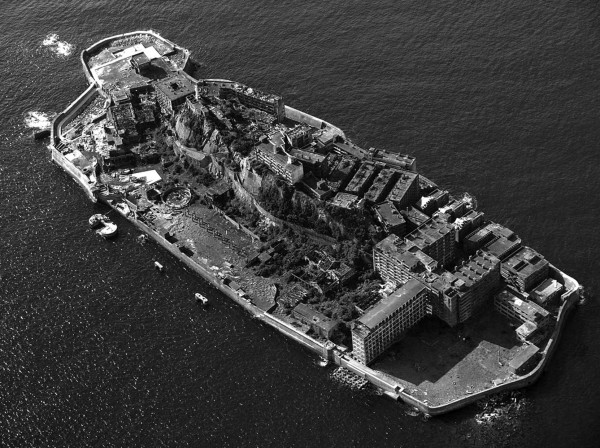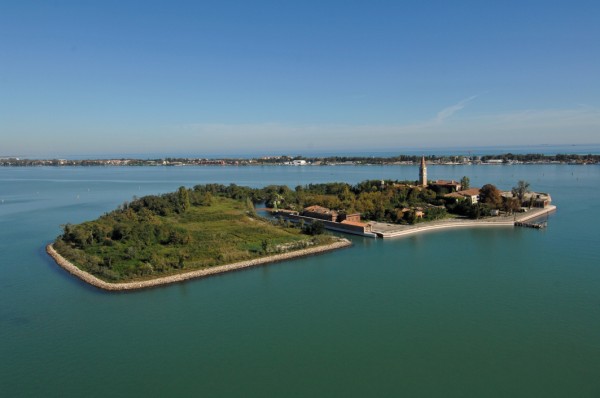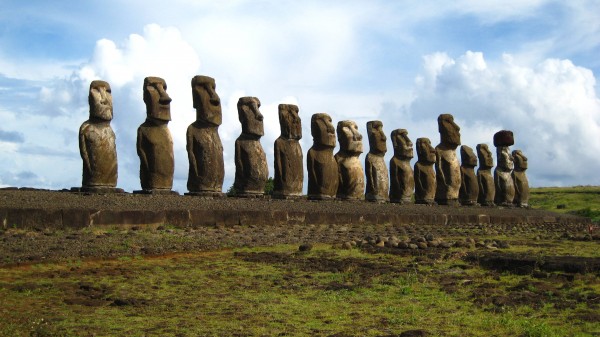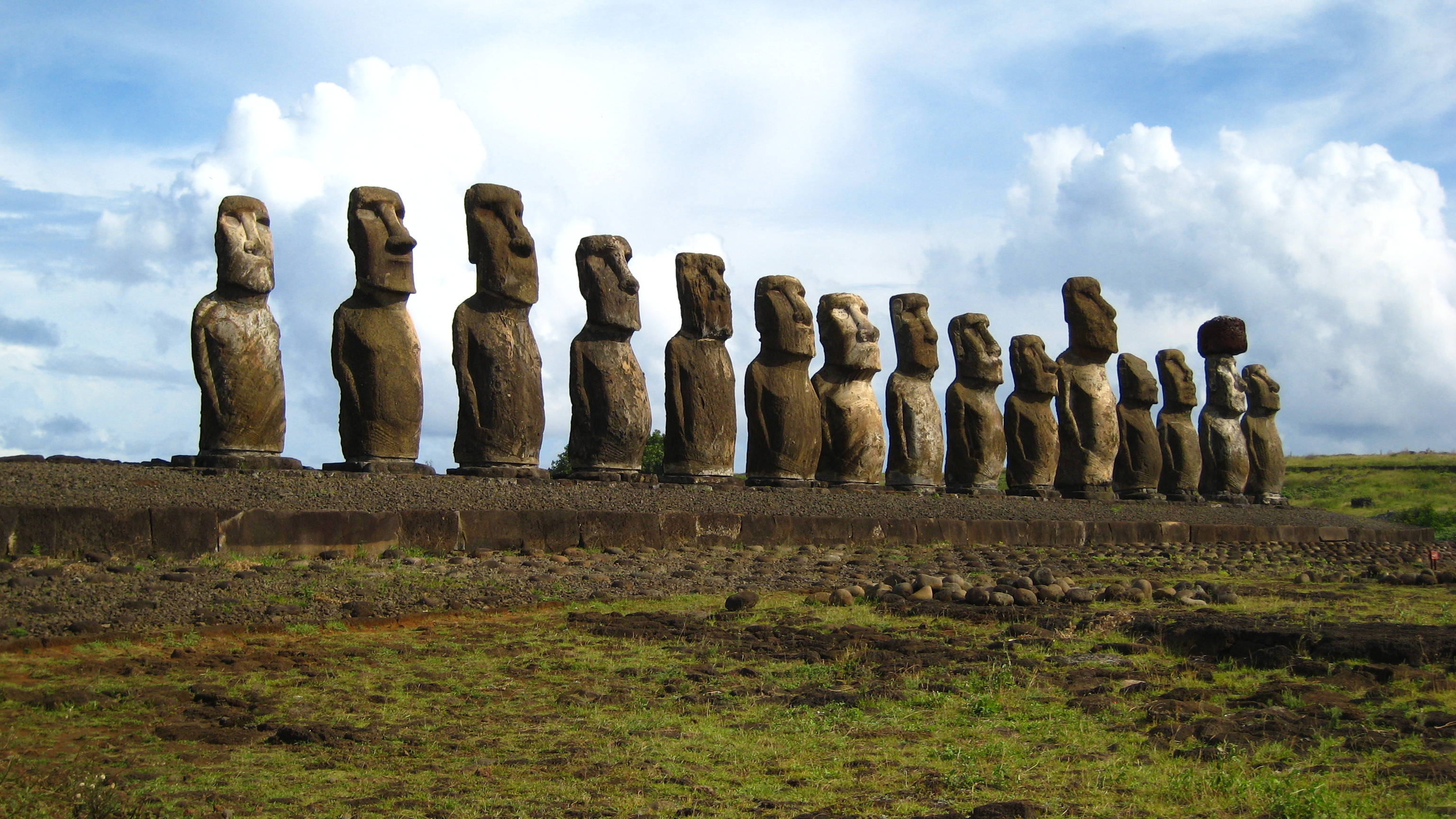3: Hashima Island, Japan
 Located 9 miles southwest of Nagasaki, the island has a prolific history. The island is densely populated and had vital importance in the energy sector due to the presence of coal in the seabed beneath the island. Once the Japanese discovered coal, the Fukahori family installed the frist mineshaft on the island in 1887 and then sold it to Mitsubhi company. The company however had different plans as they expanded the operations and ended up enlarging the island from original size to 15.6 acres and then enclosed it with walls. Mitsubhishi made housing apartments for the workers. During WWII, Chinese and South Koreans were forced to work at the mines due to increase in demand. The population peaked in 195 by 5,259 persons per acre and that demanded for certain facilities. These included, a primary school, junior high school, playground, gymnasium, pinball parlor, movie theater, bars, restaurants, 25 different retail shops, hospital, hairdresser, Buddhist temple, Shinto shrine and even a brothel. The mine was ultimately closed in 1974 due to change in primary source of energy to petroleum.
Located 9 miles southwest of Nagasaki, the island has a prolific history. The island is densely populated and had vital importance in the energy sector due to the presence of coal in the seabed beneath the island. Once the Japanese discovered coal, the Fukahori family installed the frist mineshaft on the island in 1887 and then sold it to Mitsubhi company. The company however had different plans as they expanded the operations and ended up enlarging the island from original size to 15.6 acres and then enclosed it with walls. Mitsubhishi made housing apartments for the workers. During WWII, Chinese and South Koreans were forced to work at the mines due to increase in demand. The population peaked in 195 by 5,259 persons per acre and that demanded for certain facilities. These included, a primary school, junior high school, playground, gymnasium, pinball parlor, movie theater, bars, restaurants, 25 different retail shops, hospital, hairdresser, Buddhist temple, Shinto shrine and even a brothel. The mine was ultimately closed in 1974 due to change in primary source of energy to petroleum.
[youtube]http://www.youtube.com/watch?v=i3lTwF3-dhI[/youtube]
2: Poveglia Island, Italy
 The history of Poveglia Island is full of horrors. The island is said to be inhabited the first time back in 421 by people who were trying to flee invaders. In 1348 a bubonic plague hit Venice. Since the island is located in the South Lagoon between the cities of Venice and Lido, the Poveglia Island (they were abandoned by people by then) were used to quarantine the dead and dying victims of disease, many of whom were then burnt on the island. In 1630 Black Death sickened many hat eventually fell victim to the same fate on the island. Napoleon used the island to stash gun powder and weapons in 19th century. In the late 1800’s the island became asylum for mentally ill. It is said that the doctors of the hospital use to perform experiment and that drove one patient to a point where he actually jumped off form the institution’s bell tower. People still hear the scream and rings of the bell even though the bell as removed long time ago.
The history of Poveglia Island is full of horrors. The island is said to be inhabited the first time back in 421 by people who were trying to flee invaders. In 1348 a bubonic plague hit Venice. Since the island is located in the South Lagoon between the cities of Venice and Lido, the Poveglia Island (they were abandoned by people by then) were used to quarantine the dead and dying victims of disease, many of whom were then burnt on the island. In 1630 Black Death sickened many hat eventually fell victim to the same fate on the island. Napoleon used the island to stash gun powder and weapons in 19th century. In the late 1800’s the island became asylum for mentally ill. It is said that the doctors of the hospital use to perform experiment and that drove one patient to a point where he actually jumped off form the institution’s bell tower. People still hear the scream and rings of the bell even though the bell as removed long time ago.
[youtube]http://www.youtube.com/watch?v=FIF_gKs6aqE[/youtube]
1: Easter Island
 How the inhabitants of the Easter Island did carve giant stone statues when the tools available to them were mere stones, bones and coral? The question still raises eyebrows to this day. The statues on the island are believed to be called as “moai” and the base as “ahu”. They average 13 feet (4 meters) in height and weigh in at a whopping 14 tons (12,700 kilograms), and were carved from rock quarried from a volcanic crater on the island’s eastern end, known as Rano Raraku. All together, there are 887 moai on Easter Island. Of those, 397 remain in Rano Raraku, and 92 lie in transit outside the quarry. Numerous methods have been suggested to explain how the early inhabitants moved these stone monuments — sleds, rolling logs, and even extraterrestrials — but the exact technique is still unknown.
How the inhabitants of the Easter Island did carve giant stone statues when the tools available to them were mere stones, bones and coral? The question still raises eyebrows to this day. The statues on the island are believed to be called as “moai” and the base as “ahu”. They average 13 feet (4 meters) in height and weigh in at a whopping 14 tons (12,700 kilograms), and were carved from rock quarried from a volcanic crater on the island’s eastern end, known as Rano Raraku. All together, there are 887 moai on Easter Island. Of those, 397 remain in Rano Raraku, and 92 lie in transit outside the quarry. Numerous methods have been suggested to explain how the early inhabitants moved these stone monuments — sleds, rolling logs, and even extraterrestrials — but the exact technique is still unknown.
[youtube]http://www.youtube.com/watch?v=-hO-vCPuuQQ[/youtube]


